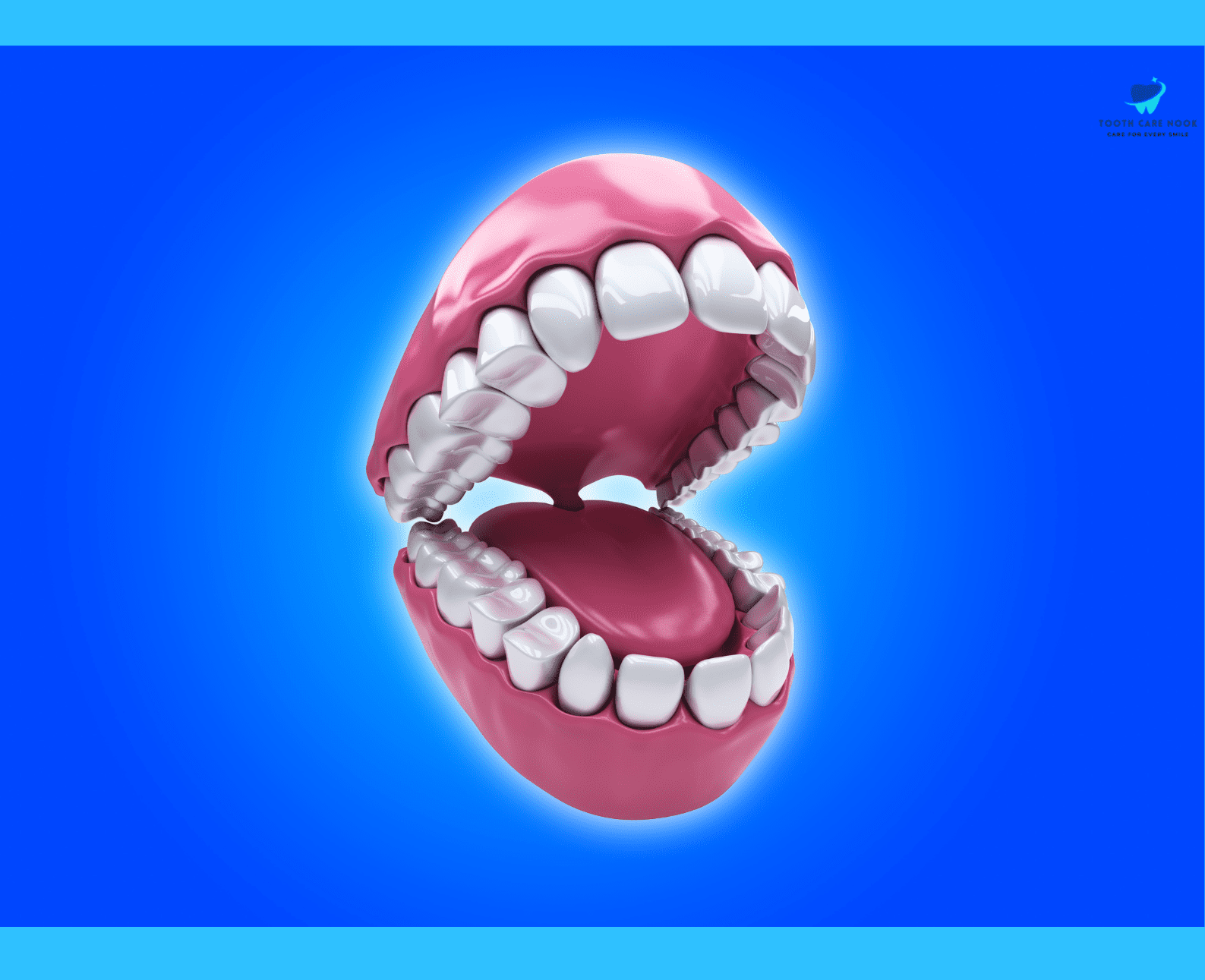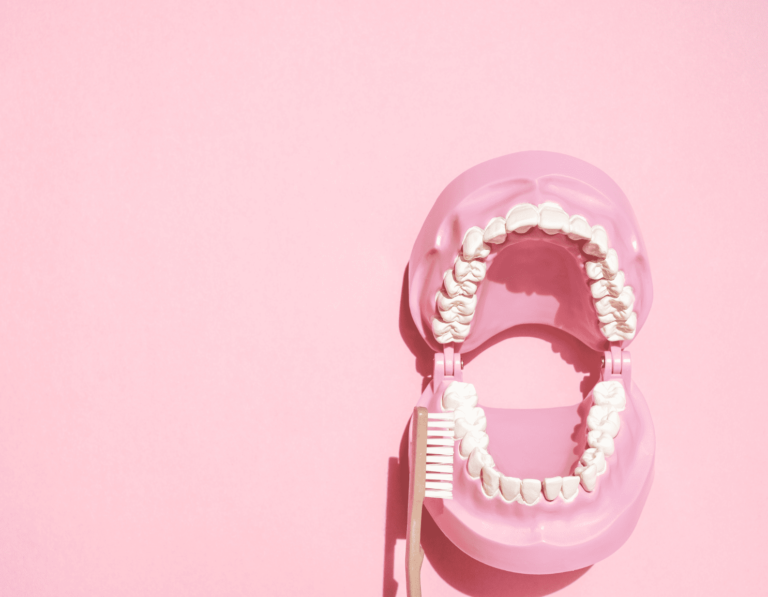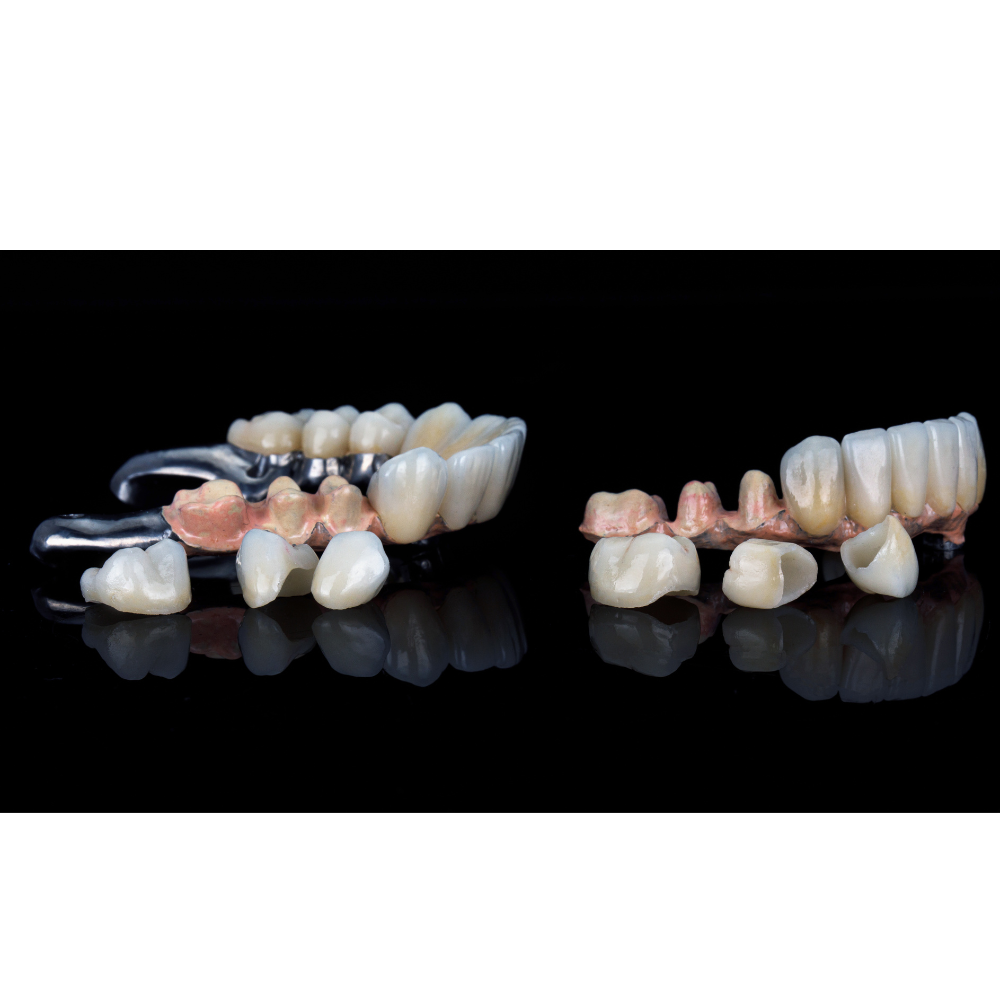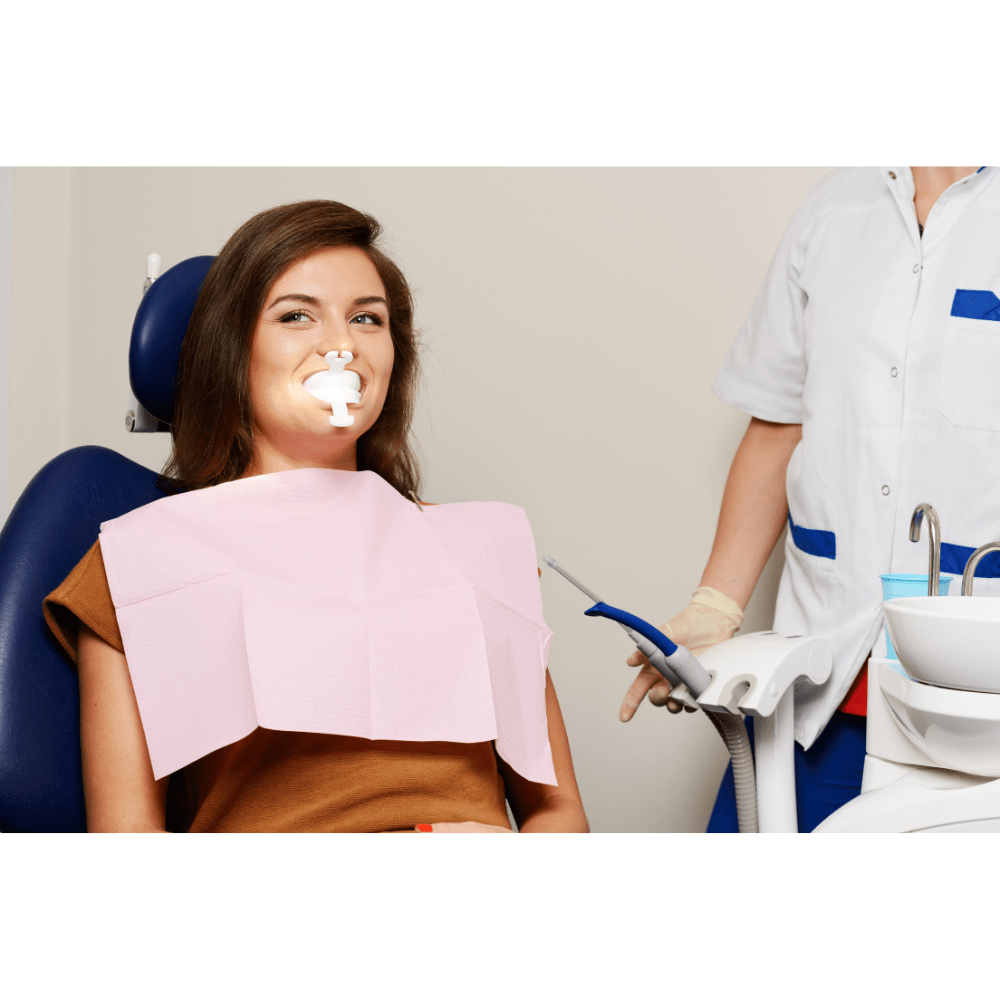What Is the Dental Formula Of Humans? | Its Importance, When It Is Needed, And All
The dental formula of humans provides a clear representation of the number and types of teeth in your mouth. This information is very important to diagnose dental issues, plan treatments, and educate patients about their oral health. The importance of knowing the dental formula extends beyond just counting teeth. It helps in identifying any anomalies or dental issues that may need attention.
In this article, we’ll explore the concept of dentition, different types, and their significance. By examining the dental formula of children and adults, we highlight the importance and applications of this knowledge in dental care. We’ll also compare the human dental formula with that of other animals.
What Is Dentition
Dentition simply refers to the arrangement of all your teeth in your mouth. This human dental pattern includes both the baby teeth and the permanent teeth. Dentition takes into account the specific types of teeth and how many you have, as well as how they’re positioned in your upper and lower jaws with each other.
Types Of Oral Dentition
The following are the two main types of dentition:
Primary Dentition:
This is the first set of teeth that erupts in an infant’s mouth between 6 months and 3 years old. Primary dentition consists of 20 teeth: 10 in the upper jaw and 10 in the lower jaw. These teeth are smaller and less strong than permanent teeth. Their main purpose is to aid in speech development, chewing softer foods, and holding space in the jaw for permanent teeth to erupt later.
Secondary Dentition:
This is the set of adult teeth that replace the baby teeth and erupt starting around age 6 and continuing until the early twenties. Secondary dentition consists of 32 teeth: 16 in the upper jaw and 16 in the lower jaw.
These teeth are larger, stronger, and designed to last a lifetime with proper care. They have different shapes and functions depending on their location in the mouth, allowing for efficient chewing of a wider variety of foods.

What Is the Dental Formula Of Humans?
Here is the division of dental formula of humans according to the age group:
Dental Formula Of Children
The formula is 2102 / 2102.
This means there are:
* 2 incisors
* 1 canine
* 0 premolars (no premolars in baby teeth)
* 2 molars
On each half of both the upper and lower jaw. In total, a child has 20 baby teeth (2 x 10).
Dental Formula Of Adult Human
The formula is 2123 / 2123.
This means there are:
* 2 incisors
* 1 canine
* 2 premolars
* 3 molars
On each half of both the upper and lower jaw. In total, an adult human has 32 permanent teeth (2 x 16).
When a Dental Formula Is Needed
Dental formula is needed in the following situations related to dental health:
Dental Examinations and Records:
Dentists often use the dental formula when recording the number and type of teeth present in a patient’s mouth during an examination. This helps establish a baseline and track any future changes.
Treatment Planning:
When creating a treatment plan for various dental issues, the dental formula is a must. It helps dentists determine:
- Whether any missing teeth need replacement.
- If there’s space for orthodontic treatment to address crowding or misalignment.
- The appropriate type and number of fillings or crowns needed for specific teeth.
Tracking Tooth Development:
Dentists use a special chart to keep track of kids’ teeth as they grow and change. It helps them spot any weirdness early on and fix any problems before they get bigger.
Research and Education:
The dental formula is a fundamental tool in dental research and education. It allows researchers to compare dentition across populations or species, and it helps dental students understand the typical arrangement and function of human teeth.
Communication Between Professionals:
Dentists and other dental professionals might use the dental formula to communicate about a patient’s teeth clearly and concisely. This ensures everyone involved has a shared understanding of the patient’s dental situation.
Difference Between Dental Formula Of Humans From Other Animals
| Feature | Dental Formula (Upper/Lower) |
| Human | 2I1C2P3M / 2I1C2P3M |
| Dog | 3I1C4P4M / 3I1C4P4M |
| Cat | 3I1C3P1M / 3I1C3P1M |
| Cow | 0I0C3P3M / 0I0C3P3M |
| Horse | 3I1C4P3M / 3I1C4P3M |
FAQs
What Is A Good Dental Formula?
There isn’t a single good dental formula. The ideal formula is 2123 / 2123 for permanent teeth and 2102 / 2102 for baby teeth. This represents a complete and healthy set of teeth for each type of dentition.
How Many Deciduous Teeth Do Humans Have?
Humans have 20 deciduous teeth in total. This is represented by the dental formula 2102 / 2102.
What Is The Dental Formula For The Deciduous Teeth?
The dental formula for deciduous teeth is 2102 / 2102. This means there are:
* 2 incisors
* 1 canine
* 0 premolars
* 2 molars



